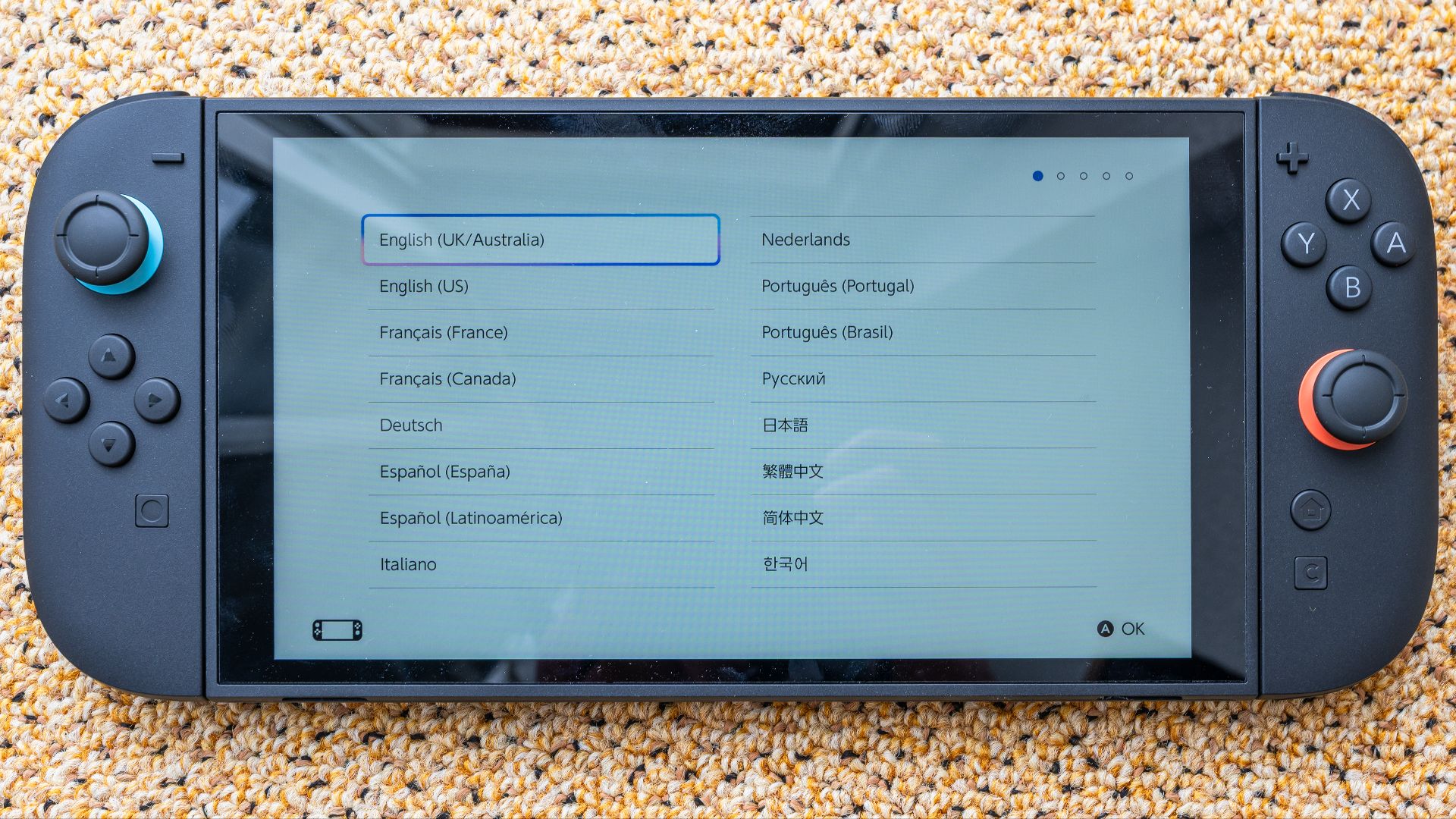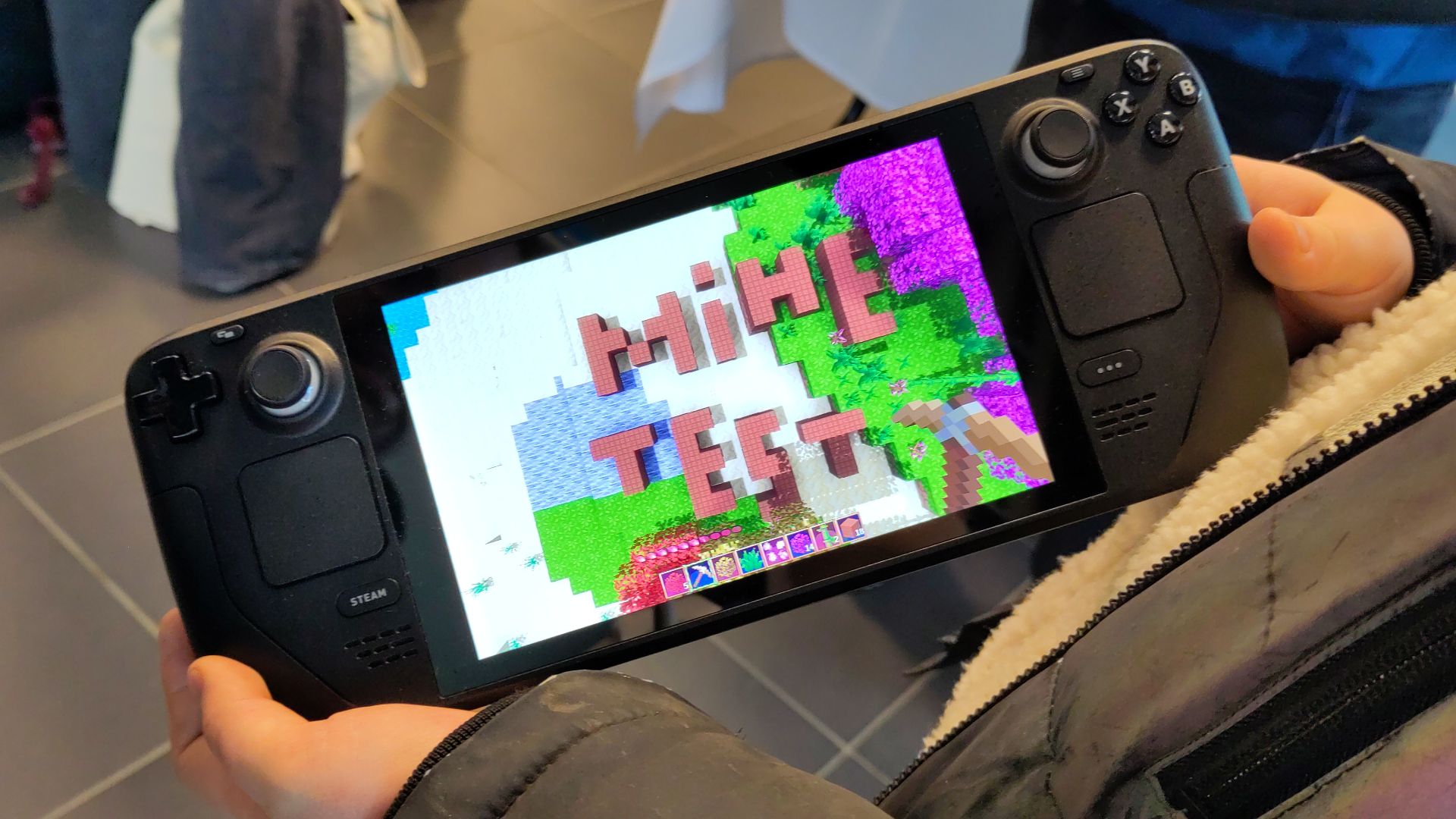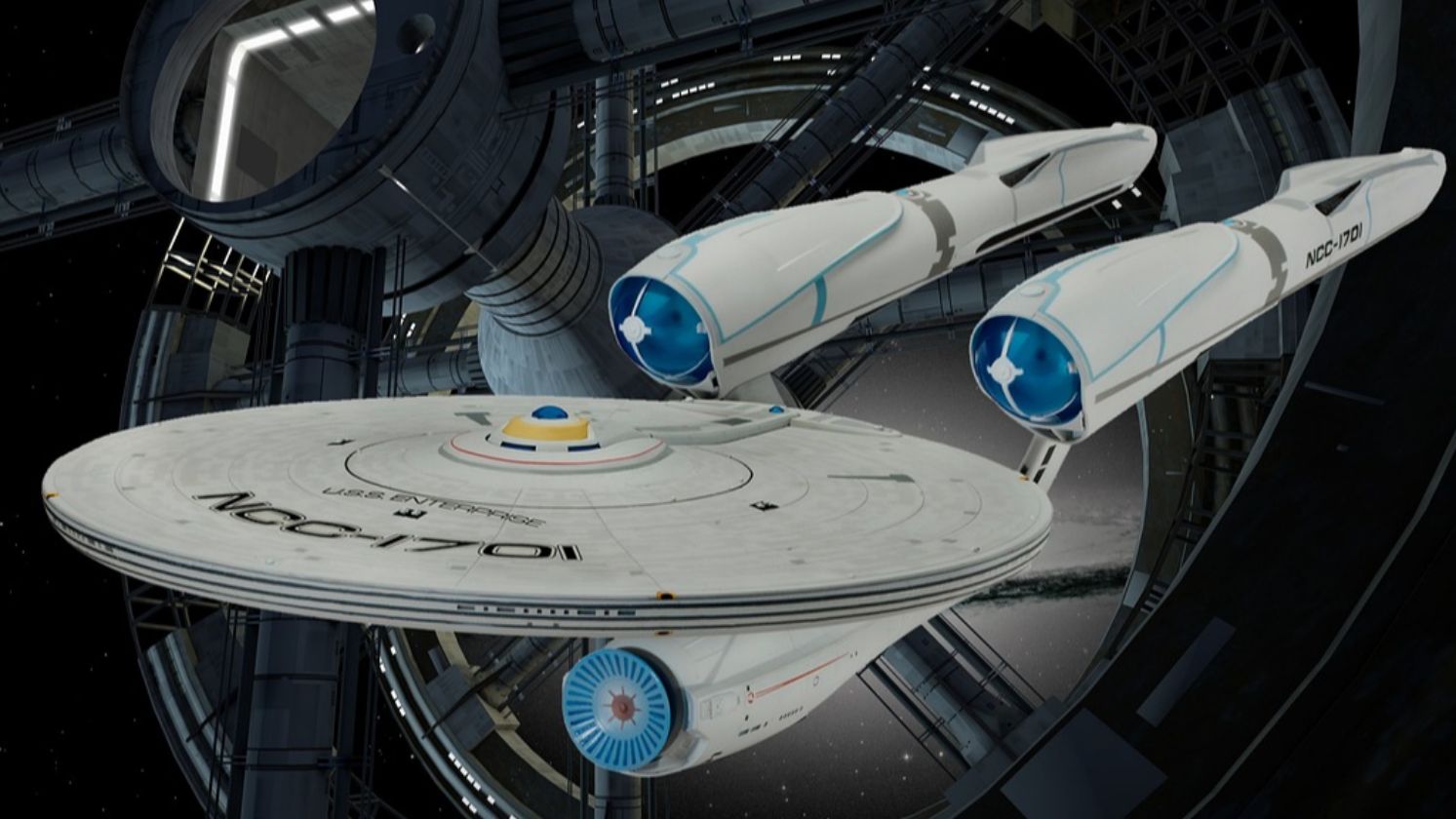Can’t Decide Between A Steam Deck And A Nintendo Switch? Here’s What Might Tip The Scale
Can’t Decide Between A Steam Deck And A Nintendo Switch? Here’s What Might Tip The Scale
Few rivalries in modern gaming spark as much debate as the one between the Steam Deck and the Nintendo Switch. Each promises handheld freedom, endless entertainment, and serious gaming potential—but in two very different ways.
One was born from PC innovation, offering raw power and open customization. The other reimagined what a console could be by blending nostalgia with accessibility.
Since the early 2020s, these two devices have redefined what “portable gaming” really means. Console loyalists admire both for different reasons. But ultimately, choosing between them is more about identity and experience than specs.
Performance Vs. Portability
Valve’s Steam Deck, launched in 2022, is essentially a handheld PC that lets gamers carry their full Steam library anywhere. Powered by a custom AMD APU with RDNA 2 graphics, it can handle demanding titles like Cyberpunk 2077 and Starfield at moderate settings. And this is a feat that once seemed impossible on a portable device. At roughly 1.47 pounds, it’s hefty, but the payoff is impressive performance and desktop-level versatility.
The Nintendo Switch, by comparison, thrives on simplicity. It’s light—just 0.88 pounds—and transitions effortlessly between docked and handheld play. Its hardware can’t compete with a gaming PC, but it doesn’t need to. Nintendo engineered the Switch for consistency, ease of use, and fun that doesn’t require setup or fine-tuning.
Game Libraries: Depth Vs. Design
The Steam Deck’s library dwarfs almost every console. With access to Steam and the Epic Games Store, plus emulators, it offers a staggering variety. For those who love experimentation—testing early-access builds or running older classics—the Deck delivers near-limitless choice. Still, not every title runs flawlessly, and some troubleshooting is inevitable.
The Switch, on the other hand, banks on exclusivity and polish. Gameplays like The Legend of Zelda: Tears of the Kingdom and Animal Crossing: New Horizons remain cultural touchstones—refined, replayable, and universally loved. While it can’t match the Deck’s raw scope, it wins in pure game design magic.
Battery Life, Comfort, And Ecosystem
Battery life often reveals where your priorities lie. The Steam Deck can last as little as two hours when pushing high-end titles, but stretches to nearly seven hours for lighter games. The Switch averages 4.5 to 9 hours, depending on the model and game. For plug-and-play simplicity, the Switch is tough to beat—its family profiles and intuitive interface make it a crowd favorite.
The Deck, though, plays in a different league. Dock it to a monitor, add a keyboard, and it becomes a Linux-based workstation. It’s a dream for tinkerers and gamers who want total control over their setup.
The Verdict: Know Your Player Type
 PantheraLeo1359531 on Wikimedia
PantheraLeo1359531 on Wikimedia
Those who see gaming as relaxation will feel instantly at home with the Switch—it’s reliable and endlessly charming. For players who view gaming as a craft, hobby, or form of creative freedom, the Steam Deck stands out as the more adventurous choice.
Both handhelds changed how the world plays, just in opposite ways: the Switch simplified gaming for everyone; the Deck expanded it for enthusiasts. In the end, the right pick is based on the gamer’s personality.
The determining question to ask yourself is this: are you looking for a console that simply plays anywhere, or one that lets you play with everything?








